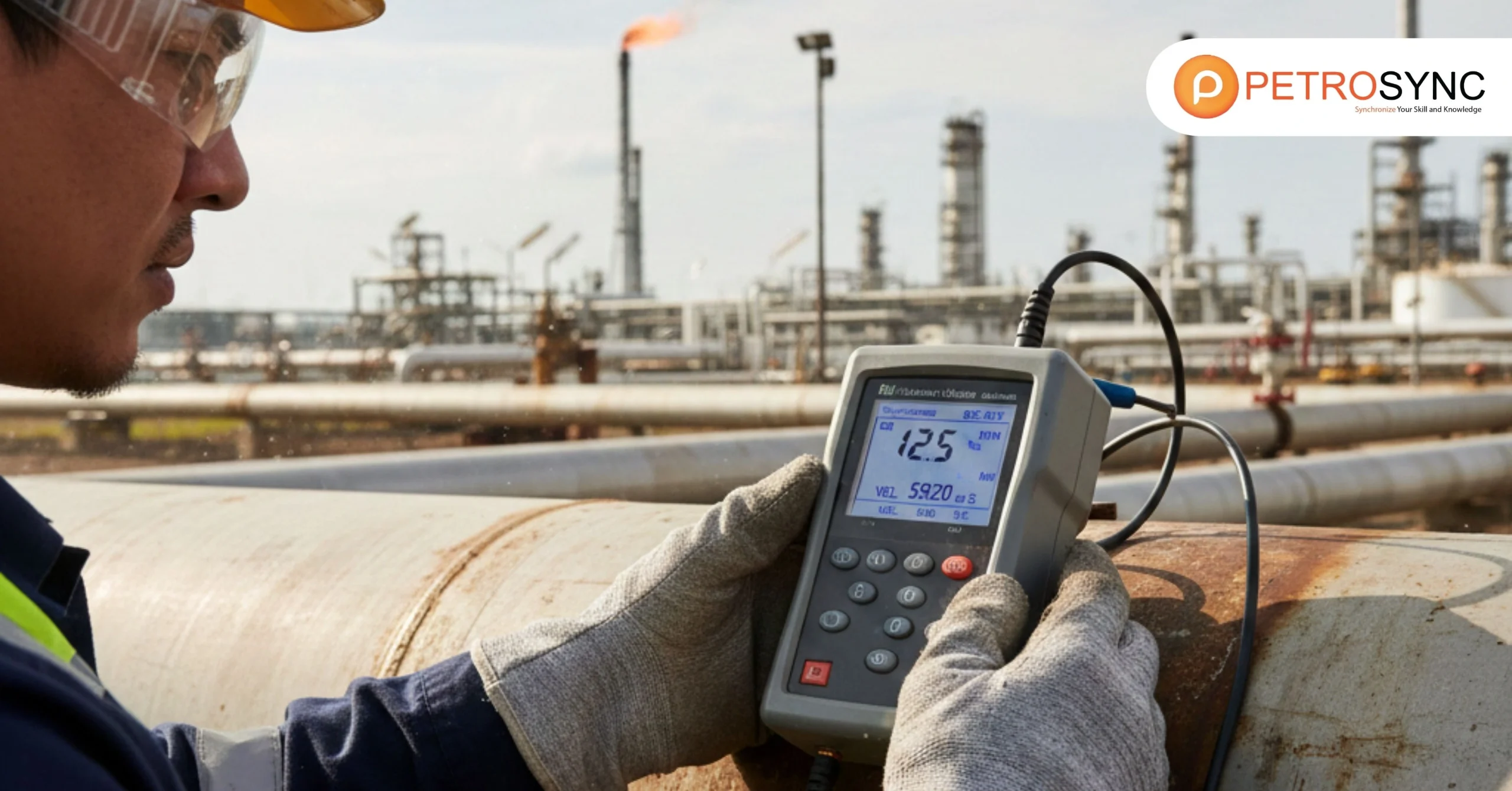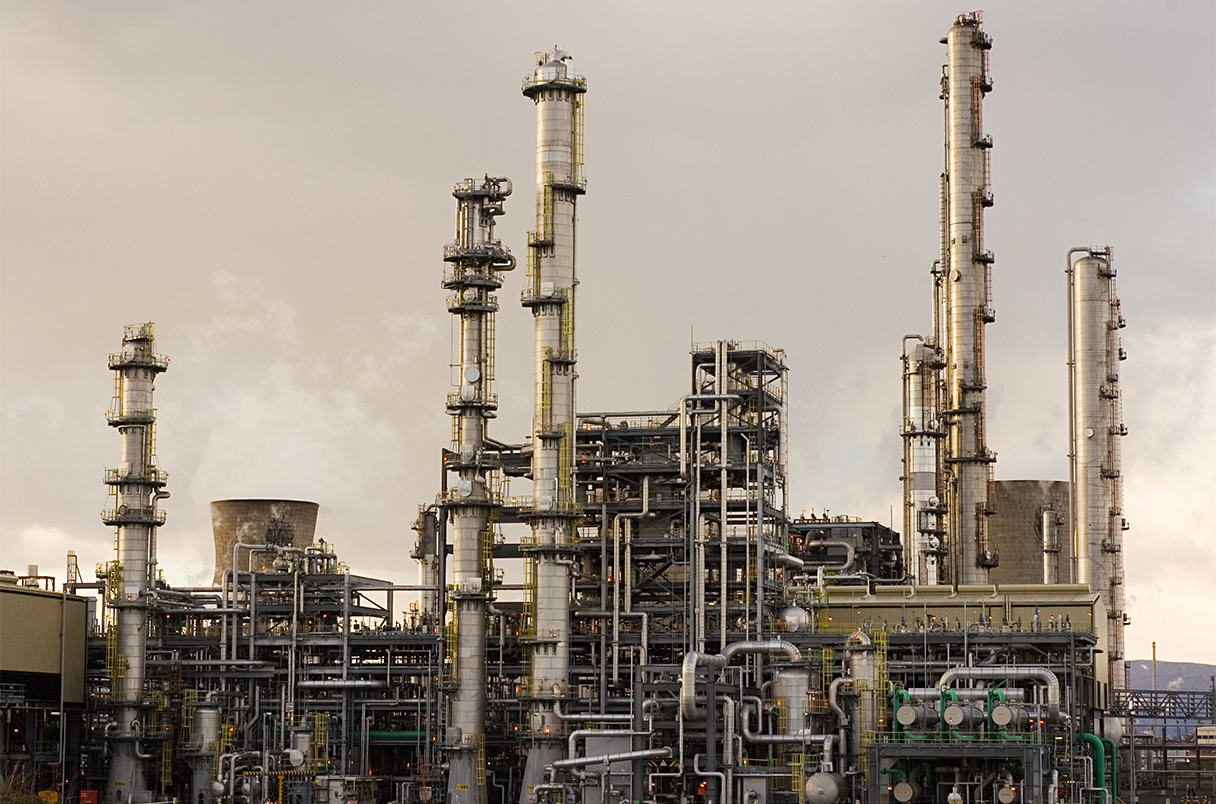In the dynamic landscape of modern business operations, the effective management of assets plays a pivotal role in ensuring smooth and efficient processes. Central to this management approach is the utilization of Computerized Maintenance Management Systems (CMMS), a sophisticated yet invaluable tool designed to streamline maintenance activities. In this article, we will share about how this innovative system contributes to the longevity, reliability, and overall efficiency of an organization’s assets.
What Is A Computerized Maintenance Management System (CMMS)?
A Computerized Maintenance Management System (CMMS) is a digital tool designed to streamline and optimize maintenance operations in various industries, providing a centralized platform for managing, tracking, and organizing maintenance activities for physical assets, such as equipment, machinery, and facilities.
With a CMMS, organizations can efficiently schedule preventive maintenance, track work orders, manage inventory, and monitor equipment performance. This system enhances overall maintenance efficiency, reduces downtime, and contributes to the longevity and reliability of assets by providing a systematic and organized approach to maintenance tasks.
What Is An Example of a CMMS System?
An example of a Computerized Maintenance Management System (CMMS) is “Maintenance Connection.” It is a software solution that allows a maintenance manager and asset integrity engineer to oversee the maintenance histories and real-time conditions of assets and then automate tasks like maintenance scheduling, inventorying, work order fulfillment, and auditing.
Maintenance Connection is widely used to enhance maintenance efficiency, reduce equipment downtime, and improve overall asset management across various industries. Using a CMMS like Maintenance Connection provides organizations with a centralized platform for managing and optimizing maintenance activities.
CMMS system enables maintenance teams to track and analyze the performance of assets, schedule preventive maintenance tasks, manage spare parts inventory, and streamline work order processes. This systematic approach helps in extending the lifespan of equipment, minimizing downtime, and ultimately improving the overall reliability and performance of assets.
How Important CMMS Is in Asset Management?
A Computerized Maintenance Management System (CMMS) is of paramount importance in asset management, especially for companies operating in high-risk industries like oil and gas, energy, and petrochemicals. CMMS plays a crucial role in optimizing maintenance processes by providing a centralized platform for tracking, managing, and analyzing asset maintenance activities.
Without a CMMS, companies in high-risk industries may face challenges in maintaining the reliability and integrity of critical assets, leading to increased risks of equipment failures, unplanned downtime, and safety hazards.
The absence of a CMMS can result in reactive maintenance practices, hindering the ability to proactively address issues, optimize resource allocation, and minimize overall maintenance costs. In high-risk industries, where asset integrity is paramount, implementing a CMMS is not just beneficial but essential for ensuring the safe and efficient operation of assets.
How Does CMMS Work in Asset Management?
A Computerized Maintenance Management System (CMMS) is a data-driven solution, with work orders serving as key components. When closed, work orders provide essential maintenance data, including parts, costs, wrench time, repaired assets, and time taken to complete tasks. This information is processed by the system into reports used by maintenance managers and department heads for informed decision-making.
Here’s how CMMS works in asset management:
1. Work Order Generation
Whenever a work request is submitted, maintenance teams use CMMS to generate an order.
2. Recurring Orders
CMMS allows the creation of recurring orders for preventive maintenance and inspections. Some systems can automatically generate orders based on sensor data.
3. Data Entry and Processing
After a technician completes a work order, the data is entered into the system, becoming available for reports and planning purposes.
4. Mobile CMMS
A mobile CMMS enhances the maintenance process by enabling technicians to access and update work order information on-site, reducing travel times and saving labor hours.
By ensuring consistent data entry, the system expedites processes like maintenance planning, scheduling, and root cause analysis by providing easy access to information. In summary, a work order is created and assigned to a technician and asset.
The technician updates the work order with new data as they complete the task. The CMMS processes this data and updates the asset record, allowing management to run reports for insights into labor-intensive assets, technician productivity, and associated costs.
How To Choose The Best CMMS Software for Your Business?
According to Zapier, choosing the most suitable CMMS software for your business involves considering various factors:
1. Integration Complexity
Evaluate how easily the software can blend into your existing workflows.
2. Integration Capability
Assess whether your current team possesses the capability to integrate the chosen solution.
3. Available Features
Identify which standard CMMS features align with your specific business needs.
4. User Experience
Examine the software’s user experience—does it offer an intuitive and responsive interface for seamless onboarding?
5. Mobile App Availability
Determine the importance of a mobile app and check if the CMMS provides a mobile version.
6. Reporting and Forecasting
Understand your team’s maintenance reporting and forecasting requirements and verify if the software can meet those needs.
7. Automation Features
Confirm if the software offers robust automation capabilities. Selecting the appropriate computer maintenance management system is crucial. Avoid the inconvenience of needing to roll back for integrating a different CMMS product later on.
In conclusion, a Computerized Maintenance Management System (CMMS) plays a pivotal role in effective asset management. It serves as a data-driven solution, processing work orders that contain vital information about asset maintenance, costs, repairs, and operational times.
To further enhance your understanding of asset management, especially in the context of ISO 55000 standards, we recommend exploring training opportunities provided by PetroSync. PetroSync is a leading training provider that has in-depth ISO 55000 Asset Management training.
Our training program is designed to offer a hands-on and practical approach, ensuring that you gain valuable insights and skills that can be directly applied in real-world scenarios. By enrolling in PetroSync’s ISO 55000 training, you will have the opportunity to deepen your knowledge, stay updated on industry best practices, and enhance your proficiency in asset management. Invest in your professional development today with PetroSync‘s comprehensive training to navigate the complexities of asset management successfully.
Credit: Freepik

SEO specialist by day, fact-checker by night. An avid reader and content writer dedicated to delivering accurate and engaging articles through research and credible sources.






